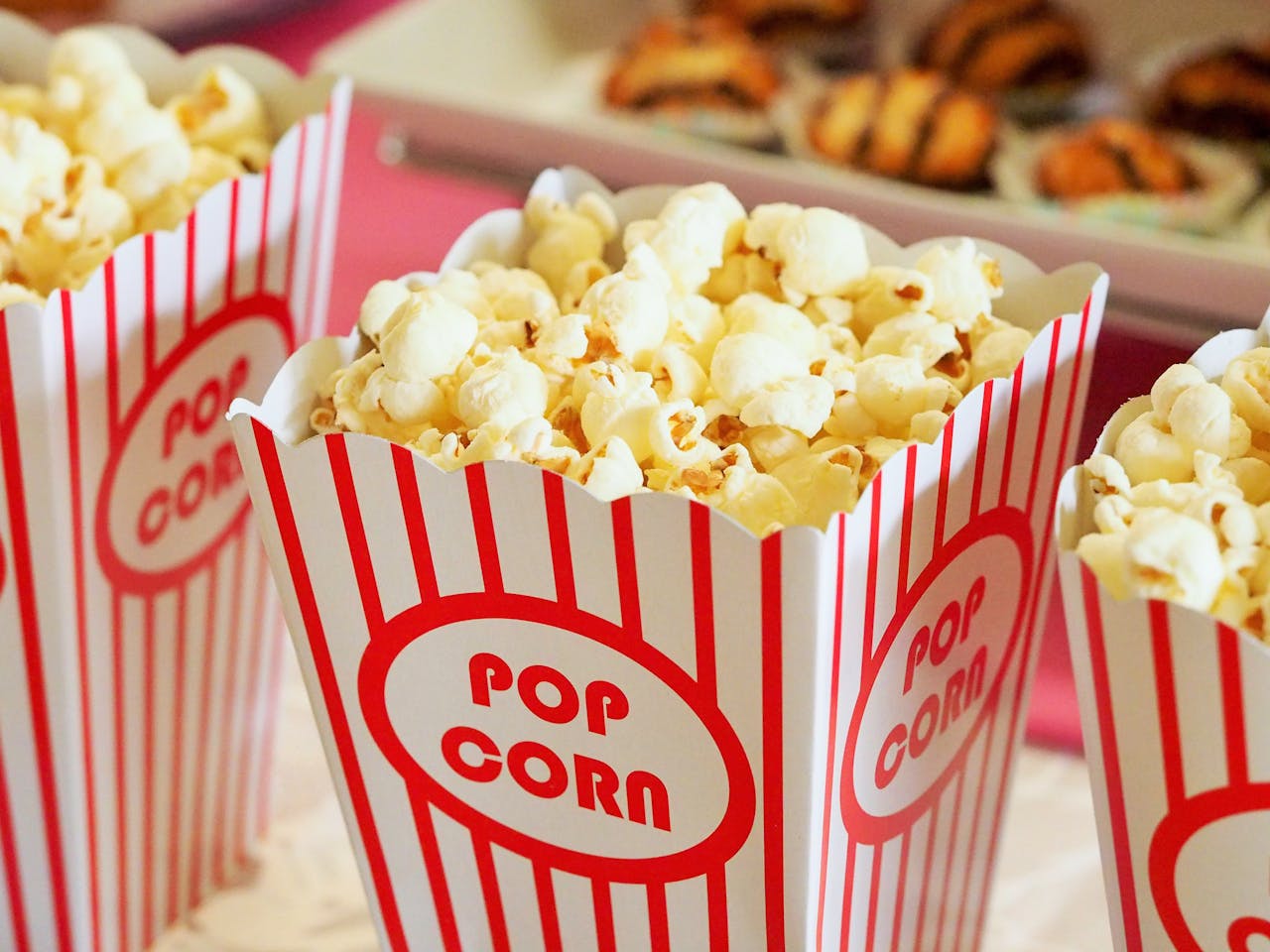
Childhood snacks hold a special place in our memories. Many of us remember the excitement of opening a lunchbox to find a treat that was sweet, salty, or just plain fun. But times have changed. Food safety rules are stricter. Nutrition guidelines are tougher. Some snacks that were once everywhere would not make it to store shelves today. This matters because what we eat as kids shapes our health and habits. Parents want to know what’s safe. And everyone likes to look back and see how things have changed. Here are six childhood snacks that would likely be pulled from shelves if they were released today.
1. Candy Cigarettes
Candy cigarettes were once a common sight in corner stores and vending machines. They looked just like real cigarettes, with a white candy stick and a red tip. Kids would pretend to smoke them, mimicking adults. Today, these snacks would not pass. The main reason is that they normalize smoking for children. Health experts have linked early exposure to smoking imagery with a higher risk of picking up the habit later in life. Many countries have banned candy cigarettes for this reason. The U.S. Food and Drug Administration (FDA) now has strict rules about marketing anything that could encourage tobacco use among kids. If a company tried to sell candy cigarettes today, they would face immediate backlash and likely a ban. The primary SEO keyword, “childhood snacks,” fits here because this is a classic example of a childhood snack that would not be allowed now.
2. Jell-O 1-2-3
Jell-O 1-2-3 was a dessert that separated into three layers as it set. It was colorful and fun, but the ingredient list was long and full of artificial colors, flavors, and stabilizers. Today, parents and regulators are more cautious about what goes into food, especially for kids. Many of the artificial dyes used in the past are now linked to hyperactivity and other health concerns in children. The European Union, for example, requires warning labels on foods with certain dyes, and some are banned outright. If Jell-O 1-2-3 came out now, it would face heavy scrutiny. Companies are moving toward simpler, more natural ingredients. Childhood snacks like this one show how much food standards have changed.
3. Dunkaroos (Original Recipe)
Dunkaroos were a favorite childhood snack for many kids in the 1990s. The original version had cookies and a sugary frosting for dipping. The sugar content was sky-high. Today, there are limits on how much sugar can be in snacks marketed to children. The American Heart Association recommends that children eat less than 25 grams of added sugar per day. Dunkaroos, as they were, would blow past that limit in one serving. Food companies now reformulate products to meet new guidelines. The new version of Dunkaroos has less sugar, but the original would not make the cut. This is another example of how childhood snacks have changed to meet new health standards.
4. Orbitz Soft Drink
Orbitz was a drink with floating colored balls suspended in a clear liquid. It looked cool, but the drink was full of artificial colors, preservatives, and stabilizers. The texture was strange, and the ingredient list was long. Today, drinks with artificial additives are under more scrutiny. Parents want to know what’s in their kids’ drinks. Regulators are more likely to pull products that use too many artificial ingredients, especially if they are not well-tested. Childhood snacks and drinks like Orbitz would not pass today’s stricter food safety and labeling rules.
5. Planters Cheez Balls (Original Formula)
Planters Cheez Balls were a crunchy, cheesy snack that left your fingers orange. The original formula used artificial colors and flavors, plus hydrogenated oils. These oils are now known to be a source of trans fats, which are linked to heart disease. The FDA has since banned trans fats in food. If the original Cheez Balls were released today, they would be pulled for using banned ingredients. The new version uses a different recipe to meet current standards. This shows how childhood snacks have to adapt to new health information.
6. Pop Rocks with Soda
Pop Rocks are still around, but the classic pairing with soda was a big deal in the past. Kids loved the fizz and crackle. There were even rumors that mixing Pop Rocks with soda could be dangerous. While the rumors were exaggerated, the combination does pose a choking risk for young children. Today, food safety rules are stricter about products that could cause choking or other hazards. Childhood snacks that encourage risky eating habits would not be allowed. Companies now have to include clear warnings and sometimes change the product entirely.
Looking Back, Moving Forward
Childhood snacks are a window into the past. They show what was popular, what was allowed, and what people thought was safe. But food safety and nutrition rules keep changing. What was once normal is now off-limits. This is not just about nostalgia. It’s about understanding how our choices affect health and safety. Parents, schools, and companies all play a role in shaping what kids eat. The next time you see a new snack on the shelf, think about how it compares to the childhood snacks of the past. Are we making better choices now? The answer matters for everyone.
What childhood snack do you remember that you think would be pulled from shelves today? Share your thoughts in the comments.
Read More
10 Insanely Good Dollar General Coupon Deals You Can’t Afford to Miss
10 Reasons Why Aldi’s Is the Best Grocery Store Ever
The post 6 Snacks From Childhood That Would Be Pulled Today appeared first on Grocery Coupon Guide.







